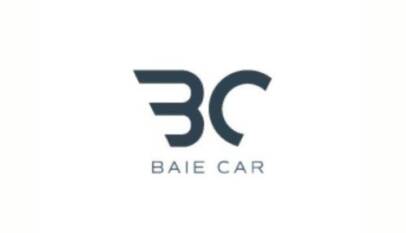When it comes to managing your money wisely, choosing the right type of bank account is crucial. Whether you’re a salaried professional, a freelancer, or a business owner, the way you store and access your money can significantly impact your financial efficiency and peace of mind.
Two of the most common account types in India are current accounts and savings accounts. At first glance, they may seem similar, but their purposes, features, and benefits are quite different.
In this guide, we’ll explain the difference between a current and a savings account, help you identify which one suits your needs, and clarify common misconceptions people have about these account types.
What Is a Savings Account?
A savings account is designed for individuals to deposit their money safely while earning interest on it. It’s ideal for those looking to build an emergency fund, save for future goals, or earn a modest return on idle funds.
Key Features of a Savings Account:
- Interest earnings: Banks offer interest (usually between 2%–4%) on the balance maintained.
- Withdrawal limits: Some restrictions may apply to the number of monthly withdrawals.
- Minimum balance: A relatively low minimum balance requirement compared to current accounts.
- Accessibility: You can link savings accounts to UPI apps, debit cards, and auto-pay services for everyday transactions.
- Ideal for: Salaried individuals, students, and households looking to save.
Savings accounts are regulated by the Reserve Bank of India (RBI), and most banks now offer digital options that make it easier to open and manage them online.
What Is a Current Account?
A current account is tailored for businesses and professionals who deal with frequent and large-volume transactions. It allows unlimited deposits and withdrawals, making it perfect for daily business operations.
Key Features of a Current Account:
- No interest earned: Unlike savings accounts, current accounts generally do not offer any interest on the deposited balance.
- Unlimited transactions: There are no monthly caps on the number or value of deposits and withdrawals, making it ideal for daily operational needs.
- Overdraft facility: Many banks provide an overdraft facility that lets you withdraw more than your available balance (subject to terms and limits), offering liquidity when needed.
- Higher minimum balance: These accounts, which are tailored for businesses, usually require maintaining a higher average monthly balance.
- Cheque and bulk payment features: Businesses often benefit from cheque facilities, demand drafts, and bulk disbursement tools tied to current accounts.
- Ideal for: Business owners, retailers, freelancers with high monthly turnover, professionals like doctors or lawyers, and partnership firms.
Current Account vs Savings Account: At a Glance
| Feature | Savings Account | Current Account |
| Purpose | Personal savings | Business transactions |
| Interest | Earns interest | No or negligible interest |
| Transactions | Limited | Unlimited |
| Minimum Balance | Low | High |
| Overdraft Facility | Rare | Common |
| Suitable For | Individuals | Businesses/Professionals |
| Monthly Fees | Often free or low maintenance | Can include higher service charges |
| Additional Services | Linked to debit cards, UPI, etc. | Includes cheque books, bulk payments, etc. |
Which One Should You Choose?
The right choice depends entirely on your financial behavior and goals.
Choose a Savings Account if:
- You want to earn interest on your funds.
- Your primary income is from salary or passive sources.
- You don’t have high transaction volumes.
- You want to build an emergency fund or save for specific goals.
Choose a Current Account if:
- You own a business or are self-employed.
- You receive or make multiple transactions daily.
- You require an overdraft facility or bulk payments.
- You need seamless cheque and payment gateway integrations.
In many cases, individuals maintain both account types—using a savings account for personal expenses and a current account for professional or business-related transactions.
Regulatory Differences You Should Know
Current vs savings account often come with tax benefits like Section 80TTA, which allows up to ₹10,000 tax exemption on interest earned. Current accounts, however, are not eligible for such tax benefits since they don’t accrue interest.
Also, under KYC norms, current accounts require more documentation, such as GST registration, shop licenses, or business PANs, to establish the legitimacy of the business.
Final Thoughts
Understanding your banking needs is the first step to better money management. Whether you’re looking for a savings account that’s simple or a current account that’s functional, choosing the right fit can help you streamline finances, improve cash flow, and meet your goals.
Mejora Tu Camper con una Ventana techo caravana y Claraboya de Techo de Baie-Car.com
En baie-car.com, diseñamos y fabricamos Ventana techo caravana y claraboyas de alta calida…







